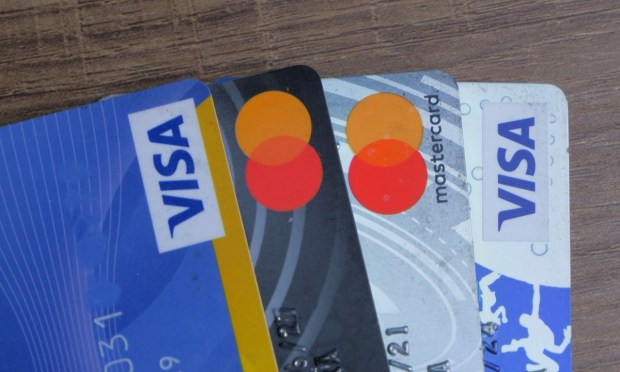Card Networks’ $30 Billion Interchange Settlement Kicks Open Merchant Surcharge Door

The simple math on the swipe fee agreement reached by Visa and Mastercard announced Tuesday (March 26) indicates that consumers may not feel much impact at all, at the register, or on their wallets.
So we’ll call that a negligible result.
The broader implications of the dual routing agreement may have a wider ripple effect — maybe a negative one — on some of the things consumers value most as they wield their cards at the point of sale.
Among those most valued card attributes: The rewards programs that have helped drive loyalty to certain cards and to merchants.
And in the meantime, down the line, routing transactions over relatively untested networks may lead to challenges tied to payments security and reliability.
Devil Is in the Details
As PYMNTS reported in the wake of the announcement, the deal, which still faces court approval, would lower credit interchange rates and cap them for five years. The changes would result in roughly $30 billion in fees saved.
Four basis points — equating to 0.04% — is the amount that the interchange rates are being trimmed for at least three years. The announcement also details that Visa and Mastercard will have to maintain the swipe fee percentages that had been in place at the end of last year through the next several years, into 2030. In addition, small businesses are now enabled to form groups to negotiate with the payment networks on swipe fees.
The merchants — depending on where one looks — are hailing victory or are outwardly stating that the settlement does not go far enough.
In a statement provided via email to PYMNTS on Tuesday, the Merchant Payments Coalition said that the settlement provides “very small relief” to merchants and that there’s still a need for Congress to pass legislation governing card fees, which the MPC said stood at $100 billion last year (for Mastercard and Visa), as calculated for credit card swipe fees.
As for the negligible impact noted above: Consider the fact that a lowering of interchange fees has not resulted in a commensurate decline in prices charged to the consumer. As noted here, the Fed studied the impact of caps on debit interchange fees enacted years ago and in 2015 found that 77.2% of merchants did not change prices post-regulation, 1.2% reduced prices and 21.6% increased prices.
So: If we’ve been here before, and the incentive to lower prices did not exactly incentivize the way some might have hoped, we may be here again.
Surcharges and Dual Routing?
The settlement also, per a release from the plaintiff’s attorneys, would let merchants “discount at the issuer level thereby steering consumers to more preferred cards and promoting increased competition among the networks and the numerous credit card issuers … merchants will be able to adjust prices based on the costs associated with accepting different credit cards, promoting efficient price signaling and enhancing transparency for consumers.”
Here, then, is where at least some unintended consequence might trickle down to the consumer level, and where the settlement itself — running to 261 pages — notes that merchants can “surcharge customers a fee for the use of any Visa- or Mastercard-Branded Credit Cards, including based on the type of card used (e.g., a different surcharge for rewards and non-rewards cards).”
We note that in effect charging more for use of cards branded through the largest networks may prompt consumers to opt for other, potentially less-battle-tested networks. The settlement comes at the same time that there’s legislation under consideration in Congress, through the Credit Card Competition Act, would mandate that banks with at least $100 billion on the books, as measured in assets, would let cards be processed over at least two networks beyond Visa and Mastercard, such as NYCE, Discover or Amex.
The most immediate, and negative, impact to the consumer may be felt with the surcharges — effectively, a tax that’s levied if consumers want to use the cards they’ve favored, due to the rewards.
There’s ample evidence that the cards most often used have been the ones with cash back and other features. PYMNTS Intelligence data noted recently that 71% of consumers said that they were “very or extremely satisfied” with the rewards program offered by their primary credit card.
The data show, too, that rewards are widely used, given the fact that 83% of credit card users reported receiving rewards offered by their cards, with 72% of that group having used these rewards programs through the past several months.
Charging more for rewards cards may in fact dissuade people from using those cards, which hurts the issuer, and the consumer’s own benefit.
The tradeoff’s a juggling act that we’d guess relatively few consumers are going to want to make at the terminal or the checkout page each and every time they reach for a card.
In the end, The processing fees may be lower for merchants, but what comes next may leave consumers less than thrilled.

